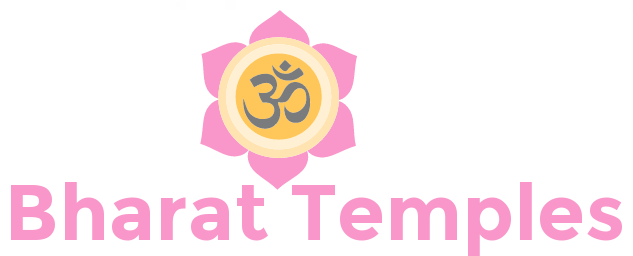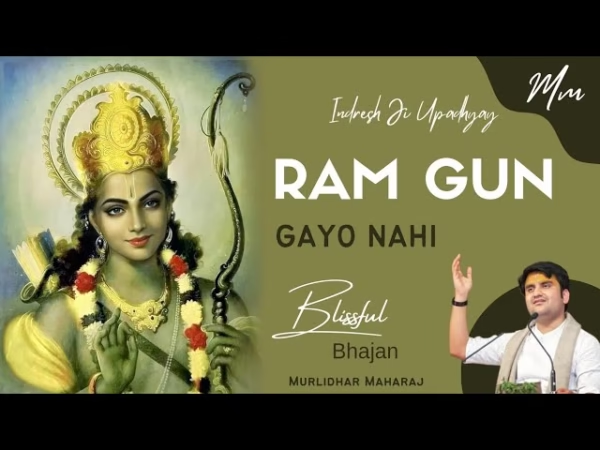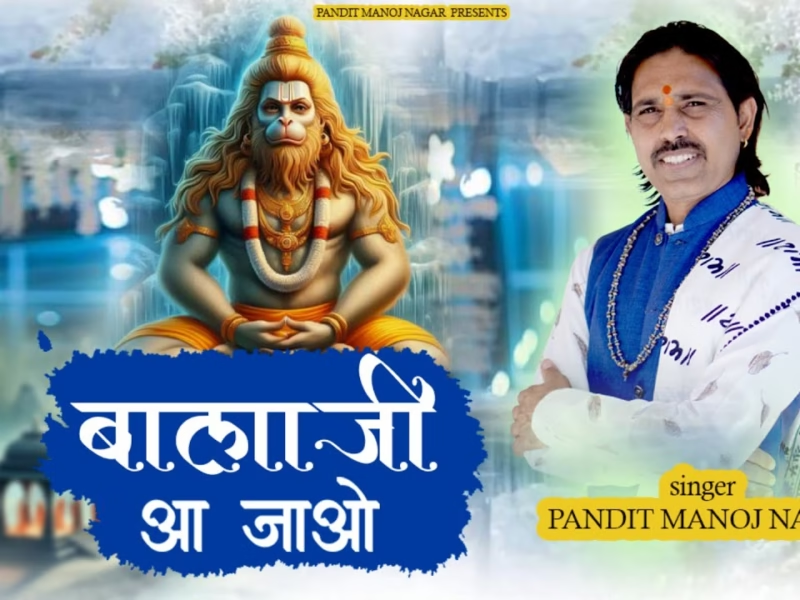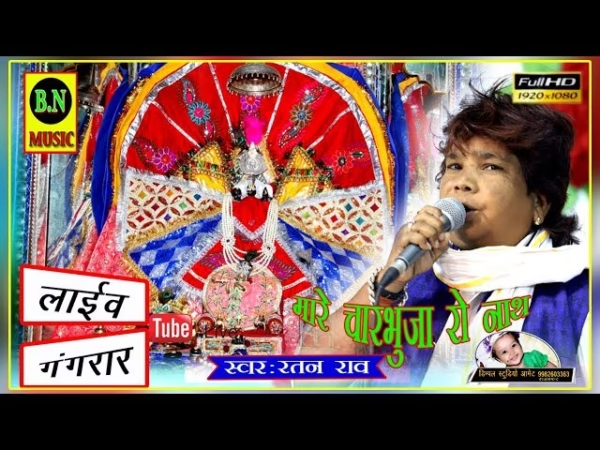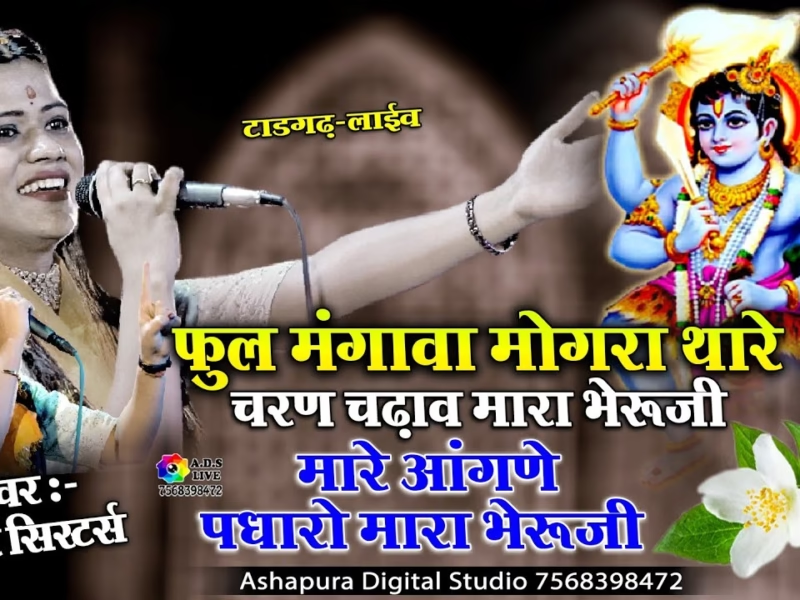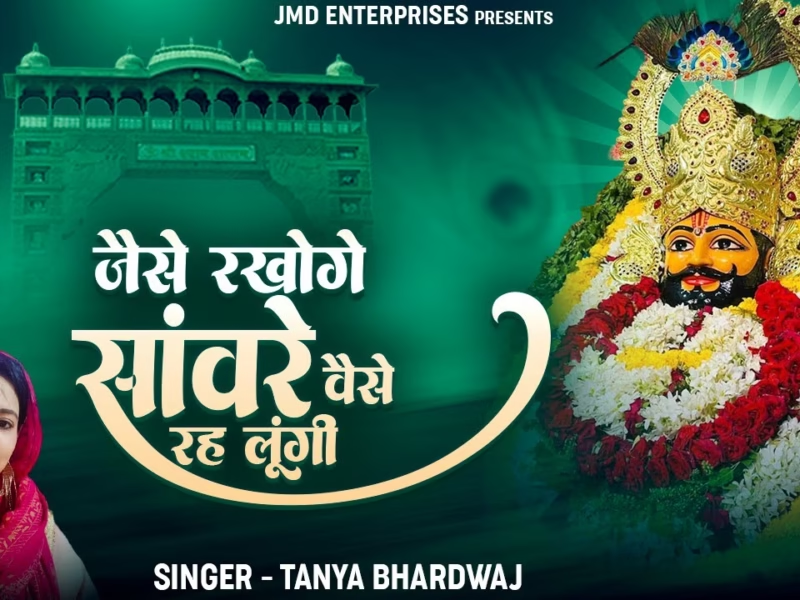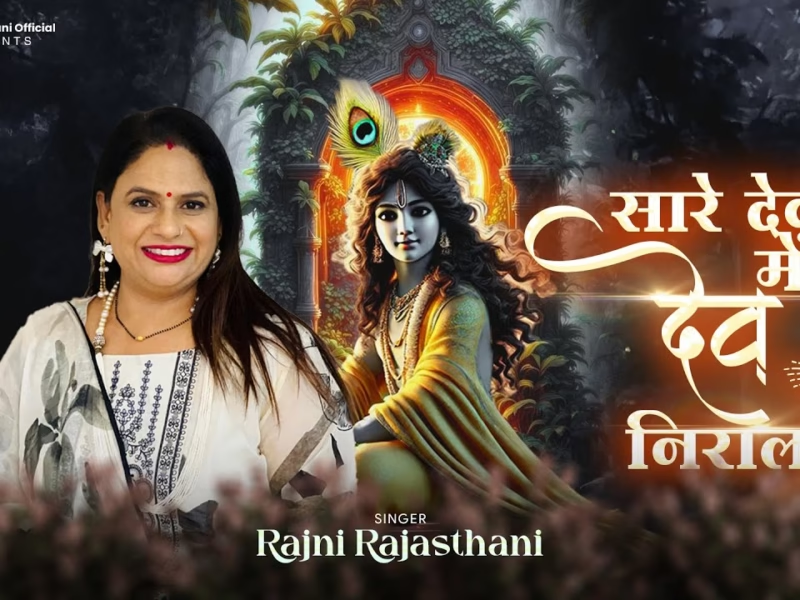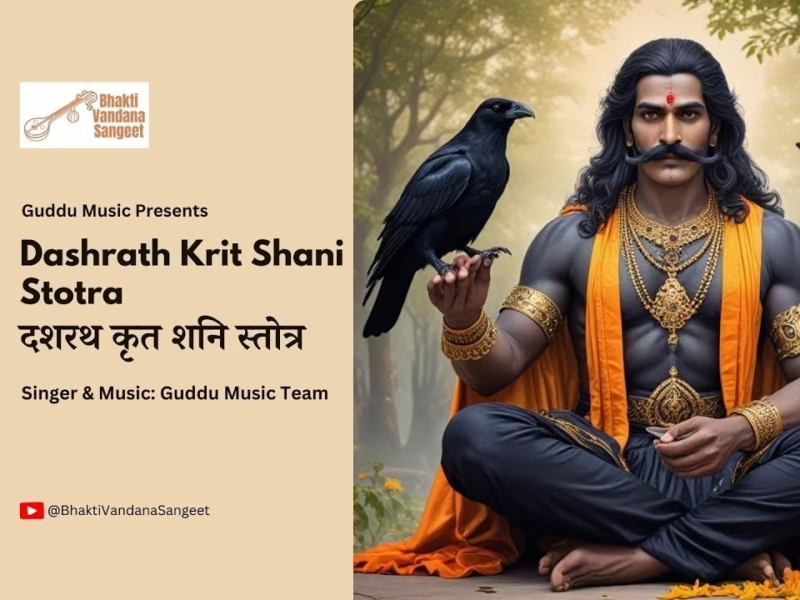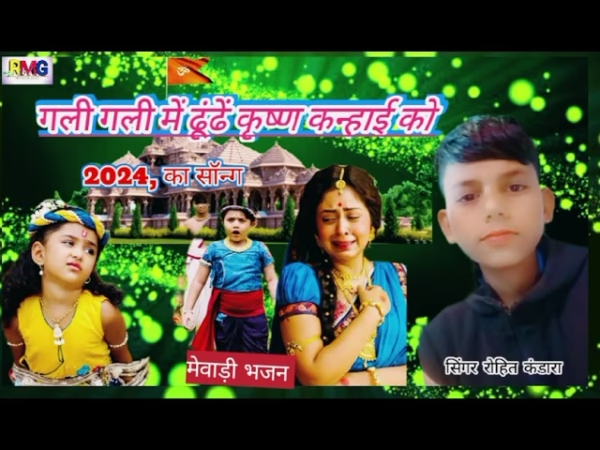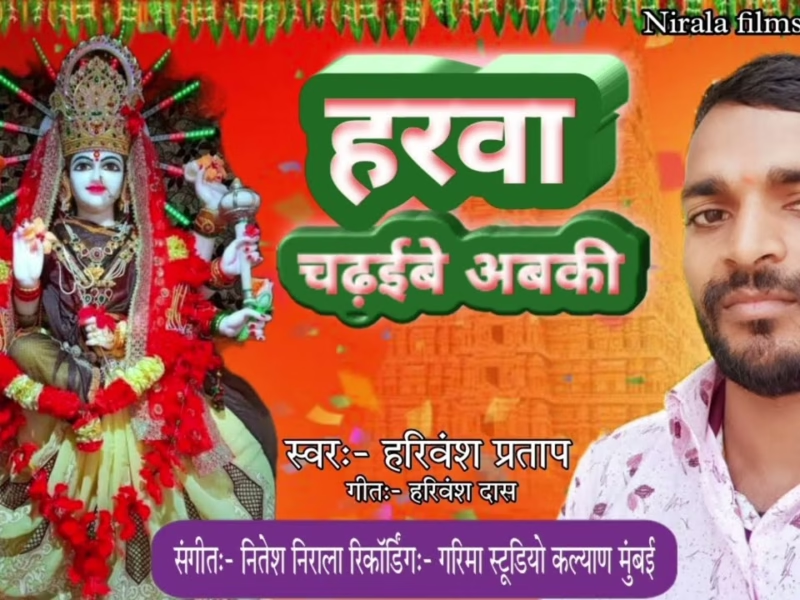Om ! May He protect us both together; may He nourish us both together;
May we work conjointly with great energy,
May our study be vigorous and effective;
May we not mutually dispute (or may we not hate any).
Om ! Let there be Peace in me !
Let there be Peace in my environment !
Let there be Peace in the forces that act on me !
CHAPTER – I
1. Chitta has two causes, Vasanas and (Prana) Vayu. If one of them is controlled, then both are controlled.
2. Of these two, a person should control (Prana) Vayu always through moderate food, postures and thirdly Sakti-Chala.
3-4. I shall explain the nature of these. Listen to it, O Gautama. One should take a sweet and nutritious food, leaving a fourth (of his stomach) unfilled, in order to please Shiva (the patron of Yogins). This is called moderate food. Posture herein required is of two kinds, Padma and Vajra.
5. Placing the two heels over the two opposite thighs (respectively) is the Padma (posture) which is the destroyer of all sins.
6. Placing one heel below the Mulakanda and the other over it and sitting with the neck, body and head erect is the Vajra posture.
7. The Sakti (mentioned above) is only Kundalini. A wise man should take it up from its place (Viz., the navel, upwards) to the middle of the eyebrows. This is called Sakti-Chala.
8. In practising it, two things are necessary, Sarasvati-Chalana and the restraint of Prana (breath). Then through practice, Kundalini (which is spiral) becomes straightened.
9-10(a). Of these two, I shall explain to you first Sarasvati-Chalana. It is said by the wise of old that Sarasvati is no other than Arundhati. It is only by rousing her up that Kundalini is roused.
10(b)-11(a). When Prana breath is passing through (one’s) Ida (left nostril), he should assume firmly Padma-posture and should lengthen (inwards) 4 digits the Akasa of 12 digits.
11(b)-13(a). Then the wise man should bind the (Sarasvati) Nadi by means of this lengthened (breath) and holding firmly together (both his ribs near the navel) by means of the forefingers and thumbs of both hands, (one hand on each side) should stir up Kundalini with all his might from right to left often and often; for a period of two Muhurtas (48 minutes), he should be stirring it up fearlessly.
13(b)-14. Then he should draw up a little when Kundalini enters Susumna. By this means, Kundalini enters the mouth of Susumna. Prana (also) having left (that place) enters of itself the Susumna (along with Kundalini).
15. By compressing the neck, one should also expand the navel. Then by shaking Sarasvati, Prana goes above (to) the chest.
16-17. Through the contraction of the neck, Prana goes above from the chest. Sarasvati who has sound in her womb should be shaken (or thrown into vibration) each day. Therefore by merely shaking it, one is cured of diseases.
18. Gulma (a splenetic disease), Jalodara (dropsy), Pliha (a splenetic disease) and all other diseases arising within the belly, are undoubtedly destroyed by shaking this Sakti.
19. I shall now briefly describe to you Pranayama. Prana is the Vayu that moves in the body and its restraint within is known as Kumbhaka.
20. It is of two kinds, Sahita and Kevala. One should practise Sahita till he gets Kevala.
21. There are four Bhedas (lit., piercings or divisions) viz., Surya, Ujjayi, Sitali and Bhastri. The Kumbhaka associated with these four is called Sahita Kumbhaka.
22-23. Being seated in the Padma posture upon a pure and pleasant seat which gives ease and is neither too high nor too low, and in a place which is pure, lovely and free from pebbles, etc., and which for the length of a bow is free from cold, fire and water, one should shake (or throw into vibration) Sarasvati;
24. Slowly inhaling the breath from outside, as long as he desires, through the right nostril, he should exhale it through the left nostril.
25. He should exhale it after purifying his skull (by forcing the breath up). This destroys the four kinds of evils caused by Vayu as also by intestinal worms.
26(a). This should be done often and it is this which is spoken of as Surya-Bheda.
26(b)-27. Closing the mouth and drawing up slowly the breath as before with the nose through both the Nadis (or nostrils) and retaining it in the space between the heart and the neck, one should exhale it through the left nostril.
28. This destroys the heat caused in the head as well as the phlegm in the throat. It removes all diseases, purifies his body and increases the (gastric) fire within.
29. It removes also the evils arising in the Nadis, Jalodara (waterbelly or dropsy) and Dhatus. This Kumbhaka is called Ujjayi and may be practised (even) when walking or standing.
30. Drawing up the breath as before through the tongue with (the hissing sound of) ‘Sa’ and retaining it as before, the wise man should slowly exhale it through (both) the nostrils.
31. This is called Sitali Kumbhaka and destroys diseases, such as Gulma, Pitha, consumption, bile, fever, thirst and poison.
32. Seated in the Padma posture with belly and neck erect, the wise man should close the mouth and exhale with care through the nostrils.
33. Then he should inhale a little with speed up to the heart, so that the breath may fill the space with noise between the neck and skull.
34-35. Then he should exhale in the same way and inhale often and often. Just as the bellows of a smith are moved (viz., stuffed with air within and then the air is let out), so he should move the air within his body. If the body gets tired, then he should inhale through the right nostril.
36-37(a). If his belly is full of Vayu, then he should press well his nostrils with all his fingers except his forefinger and performing Kumbhaka as before, should exhale through the left nostril.
37(b)-38. This frees one from diseases of fire in (or inflammation of) the throat, increases the gastric fire within, enables one to know the Kundalini, produces purity removing sins, gives happiness and pleasure and destroys phlegm which is the bolt (or obstacle) to the door at the mouth of Brahma-Nadi (viz., Susumna).
39. It pierces also the three Granthis (or knots) differentiated through the three Gunas. This Kumbhaka is known as Bhastri and should especially be performed.
40. Through these four ways when Kumbhaka is near (or is about to be performed), the sinless Yogin should practise the three Bandhas.
41. The first is called Mulabandha. The second is called Uddiyana and the third is Jalandhara. Their nature will be thus described.
42. Apana (breath) which has a downward tendency is forced up by one bending down. This process is called Mulabandha.
43. When Apana is raised up and reaches the sphere of Agni (fire), then the flame of Agni grows long, being blown about by Vayu.
44-45(a). Then Agni and Apana come to (or commingle with) Prana in a heated state. Through this Agni which is very fiery, there arises in the body the flaming (or the fire) which rouses the sleeping Kundalini through its heat.
45(b)-46. Then this Kundalini makes a hissing noise, becomes erect like a serpent beaten with stick and enters the hole of Brahmanadi (Susumna). Therefore Yogins should daily practise Mulabandha often.
47-48(a). Uddiyana should be performed at the end of Kumbhaka and at the beginning of expiration. Because Prana Uddiyate (viz., goes up) the Susumna in this Bandha, therefore is called Uddiyana by the Yogins.
48(b)-49(a). Being seated in the Vajra posture and holding firmly the two toes by the two hands, he should press at the Kanda and at the place near the two ankles.
49(b)-50. Then he should gradually upbear the Tana (thread or Nadi) which is on the western side first to Udara (the upper part of the abdomen above the navel), then to the heart and then to the neck. When Prana reaches the Sandhi (junction) of navel, slowly it removes the impurities (or diseases) in the navel. Therefore this should be frequently practised.
51. The Bandha called Jalandhara should be practised at the end of Kumbhaka. This Jalandhara is of the form of the contraction of the neck and is an impediment to the passage of Vayu (upwards).
52. When the neck is contracted at once by bending downwards (so that the chin may touch the breast), Prana goes through Brahmanadi on the western Tana in the middle.
53. Assuming the seat as mentioned before, one should stir up Sarasvati and control Prana.
54. On the first day Kumbhaka should be done four times; on the second day it should be done ten times and then five times separately;
55. On the third day, twenty times will do and afterwards Kumbhaka should be performed with the three Bandhas and with an increase of five times each day.
56-57. Diseases are generated in one’s body through the following causes, viz., sleeping in daytime, late vigils over night, excess of sexual intercourse, moving in crowd, the checking of the discharge of urine and faeces, the evil of unwholesome food and laborious mental operation with Prana.
58. If a Yogin is afraid of such diseases (when attacked by them), he says, “my diseases have arisen from my practice of Yogaâ€. Then he will discontinue this practice. This is said to be the first obstacle to Yoga.
59. The second (obstacle) is doubt; the third is carelessness; the fourth, laziness; the fifth, sleep;
60. The sixth, the not leaving of objects (of sense); the seventh, erroneous perception; the eighth, sensual objects; the ninth, want of faith;
61. And the tenth, the failure to attain the truth of Yoga. A wise man should abandon these ten obstacles after great deliberation.
62. The practice of Pranayama should be performed daily with the mind firmly fixed on Truth. Then Chitta is absorbed in Susumna and Prana (therefore) never moves.
63. When the impurities (of Chitta) are thus removed and Prana is absorbed in Susumna, he becomes a (true) Yogin.
64. Apana, which has a downward tendency should be raised up with effort by the contraction (of the anus) and this is spoken of as Mulabandha.
65. Apana thus raised up mixes with Agni and then they go up quickly to the seat of Prana. Then Prana and Apana uniting with one another go to Kundalini, which is coiled up and asleep.
66-67. Kundalini being heated by Agni and stirred up by Vayu, extends her body in the mouth of Susumna, pierces the Brahmagranthi formed of rajas and flashes at once like lightning at the mouth of Susumna.
68-69(a). Then it goes up at once through Vishnugranthi to the heart. Then it goes up through Rudragranthi and above it to the middle of the eyebrows; having pierced this place, it goes up to the Mandala (sphere) of the moon.
69(b)-70(a). It dries up the moisture produced by the moon in the Anahata-Chakra having sixteen petals.
70(b)-71. When the blood is agitated through the speed of Prana, it becomes bile from its contact with the sun, after which it goes to the sphere of the moon where it becomes of the nature of the flow of pure phlegm. How does it (blood) which is very cold become hot when it flows there ?
72. (Since) at the same time the intense white form of moon is speedily heated. Then being agitated, it goes up.
73. Through taking in this, Chitta which was moving amidst sensual objects externally, is restrained there. The novice enjoying this high state attains peace and becomes devoted to Atman.
74. Kundalini assumes the eight forms of Prakriti (matter) and attains Shiva by encircling him and dissolves itself in Shiva.
75. Thus Rajas-Sukla (seminal fluid) which rises up goes to Shiva along with Marut (Vayu); Prana and Apana which are always produced become equal.
76. Pranas flow in all things, great and small, describable, or indescribable, as fire in gold.
77. Then this body which is Adhibhautika (composed of elements) becomes Adhidaivata (relating to a tutelar deity) and is thus purified. Then it attains the stage of Ativahika.
78. Then the body being freed from the inert state becomes stainless and of the nature of Chit. In it, the Ativahika becomes the chief of all, being of the nature of That.
79. Like the conception of the snake in a rope, so the idea of the release from life and Samsara is the delusion of time.
80. Whatever appears is unreal. Whatever is absorbed is unreal. Like the illusory conception of silver in the mother-of-pearl, so is the idea of man and woman.
81. The microcosm and the macrocosm are one and the same; so also the Linga and Sutratman, Svabhava (substance) and form and the self-resplendent light and Chidatma.
82. The Sakti named Kundalini, which is like a thread in the lotus and is resplendent, is biting with the upper end of its hood (namely, mouth) at the root of the lotus the Mulakanda.
83-84. Taking hold of its tail with its mouth, it is in contact with the hole of Brahmarandhra (of Susumna). If a person seated in the Padma posture and having accustomed himself to the contraction of his anus makes his Vayu go upward with the mind intent on Kumbhaka, then Agni comes to Svadhisthana flaming, owing to the blowing of Vayu.
85. From the blowing of Vayu and Agni, the chief (Kundalini) pierces open the Brahmagranthi and then Vishnugranthi.
86. Then it pierces Rudragranthi, after that, (all) the six lotuses (or plexuses). Then Sakti is happy with Shiva in Sahasrara Kamala (1000 lotuses seat or pineal gland). This should be known as the highest Avastha (state) and it alone is the giver of final beatitude.
Thus ends the first chapter.
CHAPTER – II
1. I shall hereafter describe the science called Khechari which is such that one who knows it is freed from old age and death in this world.
2. One who is subject to the pains of death, disease and old age should, O sage, on knowing this science make his mind firm and practise Khechari.
3-4. One should regard that person as his guru on earth who knows Khechari, the destroyer of old age and death, both from knowing the meaning of books and practice, and should perform it with all his heart. The science of Khechari is not easily attainable, as also its practice.
5. Its practice and Melana are not accomplished simultaneously. Those that are bent upon practice alone do not get Melana.
6. Only some get the practice, O Brahmana, after several births, but Melana is not obtained even after a hundred births.
7. Having undergone the practice after several births, some (solitary) Yogin gets the Melana in some future birth as the result of his practice.
8. When a Yogin gets this Melana from the mouth of his Guru, then he obtains the Siddhis mentioned in the several books.
9. When a man gets this Melana through books and the significance, then he attains the state of Shiva freed from all rebirth.
10. Even Gurus may not be able to know this without books. Therefore this science is very difficult to master.
11. An ascetic should wander over the earth so long as he fails to get this science and when this science is obtained, then he has got the Siddhi in his hand (viz., mastered the psychical powers).
12. Therefore one should regard as Achyuta (Vishnu) the person who imparts the Melana, as also him who gives out the science.
13. He should regard as Shiva him who teaches the practice. Having got this science from me, you should not reveal it to others.
14-15. Therefore one who knows this should protect it with all his efforts (viz., should never give it out except to persons who deserve it). O Brahmana, one should go to the place where lives the Guru, who is able to teach the divine Yoga and there learn from him the science Khechari and being then taught well by him, should at first practise it carefully.
16-17. By means of this science, a person will attain the Siddhi of Khechari. Joining with Khechari Sakti (viz., Kundalini Sakti) by means of the (science) of Khechari which contains the Bija (seed of letter) of Khechari, one becomes the lord of Khecharas (Devas) and lives always amongst them. Khechari Bija (seed-letter) is spoken of as Agni encircled with water and as the abode of Khecharas (Devas).
18. Through this Yoga, Siddhi is mastered. The ninth (Bija) letter of Somamsa (Soma or moon part) should also be pronounced in the reverse order.
19. Then a letter composed of three Amsas of the form of moon has been described; and after that, the eight letter should be pronounced in the reverse order;
20. Then consider it as the supreme and its beginning as the fifth and this is said to the Kuta (horns) of the several bhinnas (or parts) of the moon.
21-22(a). This which tends to the accomplishment of all Yogas, should be learnt through the initiation of a Guru. He who recites this twelve times every day, will not get even in sleep that Maya (illusion) which is born in his body and which is the source of all vicious deeds.
22(b)-23. He who recites this five lakhs of times with very great care – to him the science of Khechari will reveal itself. All obstacles vanish and the Devas are pleased.
24. The destruction of Valipalita (viz., wrinkle and greyness of hair) will take place without doubt. Having acquired this great science, one should practise it afterwards.
25-26. If not, O Brahmana, he will suffer without getting any Siddhi in the path of Khechari. If one does not get this nectar like science in this practice, he should get it in the beginning of Melana and recite it always; (else) one who is without it never gets Siddhi.
27. As soon as he gets this science, he should practise it; and then the sage will soon get the Siddhi.
28. Having drawn out the tongue from the root of the palate, a knower of Atman should clear the impurity (of the tongue) for seven days according to the advice of his Guru.
29. He should take a sharp knife which is oiled and cleaned and which resembles the leaf of the plant Snuhi (“Euphorbia Antiquorumâ€) and should cut for the space of a hair (the Fraenum Lingui).
30. Having powdered Saindhava (rock-salt) and Pathya (sea-salt), he should apply it to the place. On the seventh day, he should again cut for the space of a hair.
31. Thus for the space of six months, he should continue it always gradually with great care. In six months, Siro-Bandha (Bandha at the head), which is at the root of the tongue is destroyed.
32. Then the Yogin who knows timely action should encircle with Siro-Vastra (lit. the cloth of the head) the Vak-Ishvari (the deity presiding over speech) and should draw (it) up.
33. Again by daily drawing it up for six months, it comes, O sage, as far as the middle of the eyebrows and obliquely up to the opening of the ears;
34. Having gradually practised, it goes to the root of the chin. Then in three years, it goes up easily to the end of the hair (of the head).
35-36. It goes up obliquely to Sakha and downwards to the well of the throat. In another three years, it occupies Brahmarandhra and stops there without doubt. Crosswise it goes up to the top of the head and downwards to the well of the throat.
37. Gradually it opens the great adamantine door in the head. The rare science (of Khechari) Bija has been explained before.
38. One should perform the six Angas (parts) of this Mantra by pronouncing it in six different intonations. One should do this in order to attain all the Siddhis;
39. And this Karanyasam should be done gradually and not all at a time, since the body of one who does it all at once will soon decay.
40-41(a). Therefore it should be practised, O best of sages, little by little. When the tongue goes to the Brahmarandhra through the outer path, then one should place the tongue after moving the bolt of Brahma which cannot be mastered by the Devas.
41(b)-42. On doing this for three years with the point of finger, he should make the tongue enter within; then it enters Brahmadvara (or hole). On entering the Brahmadvara, one should practise Mathana (churning) well.
43. Some intelligent men attain Siddhi even without Mathana. One who is versed in Khechari Mantra accomplishes it without Mathana.
44-46(a). By doing the Japa and Mathana, one reaps the fruits soon. By connecting a wire made of gold, silver or iron with the nostrils by means of a thread soaked in milk, one should restrain his breath in his heart and seated in a convenient posture with his eyes concentrated between his eyebrows, he should perform Mathana slowly.
46(b)-47. In six months, the state of Mathana becomes natural like sleep in Children. And it is not advisable to do Mathana always. It should be done (once) only in every month.
48. A Yogin should not revolve his tongue in the path. After doing this for twelve years, Siddhi is surely obtained.
49. Then he sees the whole universe in his body as not being different from Atman. This path of the Urdhva-Kundalini (higher Kundalini), O chief of Kings, conquers the macrocosm.
Thus ends the second chapter.
CHAPTER – III
1. Melana-Mantra: Hrim, Bham, Sam, Pam, Pham, Sam, Ksham. The lotus-born (Brahma) said: “O Shankara, (among) new moon (the first day of the lunar fortnight) and full moon, which is spoken of as its (mantra’s) sign ?
2. In the first day of lunar fortnight and during new moon and full moon (days), it should be made firm and there is no other way (or time).
3. A man longs for an object through passion and is infatuated with passion for objects. One should always leave these two and seek the Niranjana (stainless).
4-5. He should abandon everything else which he thinks is favourable to himself. Keeping the Manas in the midst of Sakti and Sakti in the midst of Manas, one should look into Manas by means of Manas. Then he leaves even the highest stage. Manas alone is the Bindu, the cause of creation and preservation.
6. It is only through Manas that Bindu is produced, like the curd from milk. The organs of Manas is not that which is situated in the middle of Bandhana.
7-8(a). Bandhana is there where Sakti is between the sun and moon. Having known Susumna and its Bheda (piercing) and making the Vayu go in the middle, one should stand in the seat of Bindu and close the nostrils.
8(b)-9(a). Having known Vayu, the above-mentioned Bindu and the Sattva-Prakriti as well as the six Chakras, one should enter the Sukha-Mandala (viz., the Sahasrara or pineal gland, the sphere of happiness).
9(b)-11. There are six Chakras. Muladhara is in the anus; Svadhisthana is near the genital organ; Manipuraka is in the navel; Anahata is in the heart; Visuddhi is at the root of the neck and Ajna is in the head (between the two eyebrows).
12. Having known these six Mandalas (spheres), one should enter the Sukha-Mandala (pineal gland), drawing up the Vayu and should send it (Vayu) upwards.
13. He who practises thus (the control of) Vayu becomes one with Brahmanda (the macrocosm). He should practise (or master) Vayu, Bindu, Chitta and Chakra.
14-15. Yogins attain the nectar of equality through Samadhi alone. Just as the fire latent in (Sacrificial) wood does not appear without churning, so the lamp of wisdom does not arise without the Abhyasa Yoga (or practice of Yoga). The fire placed in a vessel does not give light outside.
16. When the vessel is broken, its light appears without. One’s body is spoken of as the vessel and the seat of ‘That’ is the fire (or light) within;
17-18(a). And when it (the body) is broken through the words of a Guru, the light of Brahma Jnana becomes resplendent. With the Guru as the helmsman, one crosses the subtle body and the ocean of Samsara through the affinities of practice.
18(b)-19. That Vak (power of speech) which sprouts in Para, gives forth two leaves in Pashyanti; buds forth in Madhyama and blossoms in Vaikhari – that Vak which has before been described, reaches the stage of the absorption of sound, reversing the above order (viz., beginning with Vaikhari, etc.,).
20-21(a). Whoever thinks that He who is the great lord of that Vak, who is the undifferentiated and who is the illuminator of that Vak is Self; whoever thinks over thus, is never affected by words, high or low (or good or bad).
21(b)-23(a). The three (aspects of consciousness), Vishva, Taijasa and Prajna (in man), the three Virat, Hiranyagarbha and Ishvara in the universe, the egg of the universe, the egg of man and the seven worlds – all these in turn are absorbed in Pratyagatman through the absorption of their respective Upadhis (vehicles).
23(b)-24(a). The egg being heated by the fire of Jnana is absorbed with its Karana (cause) into Paramatman (Universal Self). Then it becomes one with Para-Brahman.
24(b)-25. It is then neither steadiness nor depth, neither light nor darkness, neither describable nor distinguishable. Sat (Be-ness) alone remains. One should think of Atman as being within the body like a light in a vessel.
26. Atman is of the dimensions of a thumb, is a light without smoke and without form, is shining within (the body) and is undifferentiated and immutable.
27-28(a). The Vijnana Atman that dwells in this body is deluded by Maya during the states of waking, dreaming and dreamless sleep; but after many births, owing to the effect of good Karma, it wishes to attain its own state.
28(b)-29(a). Who am I ? How has this stain of mundane existence accrued to me ? What becomes in the dreamless sleep of me who am engaged in business in the waking and dreaming states ?
29(b)-30. Just as a bale of cotton is burnt by fire, so the Chidabhasa which is the result of non-wisdom, is burnt by the (wise) thoughts like the above and by its own supreme illumination. The outer burning (of body as done in the world) is no burning at all.
31-32. When the worldly wisdom is destroyed, Pratyagatman that is in the Dahara (Akasa or ether of the heart) obtains Vijnana, diffusing itself everywhere and burns in an instant Jnanamaya and Manomaya (sheaths). After this, He himself shines always within, like a light within a vessel.
33. That Muni who contemplates thus till sleep and till death is to be known as a Jivanmukta. Having done what ought to be done, he is a fortunate person.
34. And having given up (even) the state of a Jivanmukta, he attains Videhamukta (emancipation in a disembodied state), after his body wears off. He attains the state, as if of moving in the air.
35. Then That alone remains which is soundless, touchless, formless and deathless, which is the Rasa (essence), eternal, and odourless, which has neither beginning nor end, which is greater than the great and which is permanent, stainless and decayless.
Thus ends the third chapter.
Hari Om Tat Sat !
Om ! May He protect us both together; may He nourish us both together;
May we work conjointly with great energy,
May our study be vigorous and effective;
May we not mutually dispute (or may we not hate any).
Om ! Let there be Peace in me !
Let there be Peace in my environment !
Let there be Peace in the forces that act on me !
Here ends the Yogakundalini Upanishad belonging to the Krishna-Yajur-Veda.
